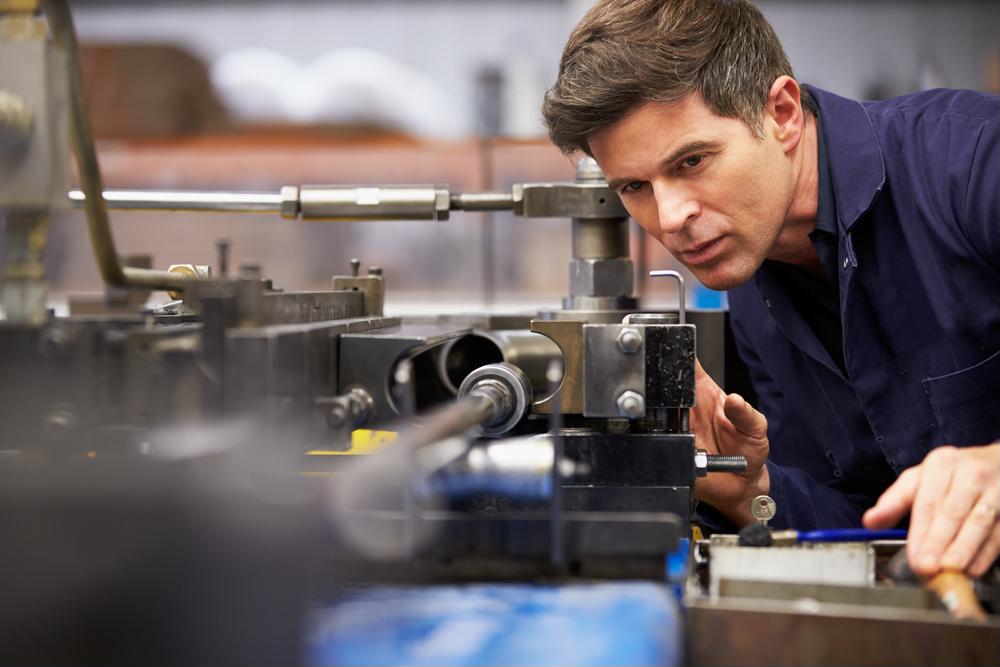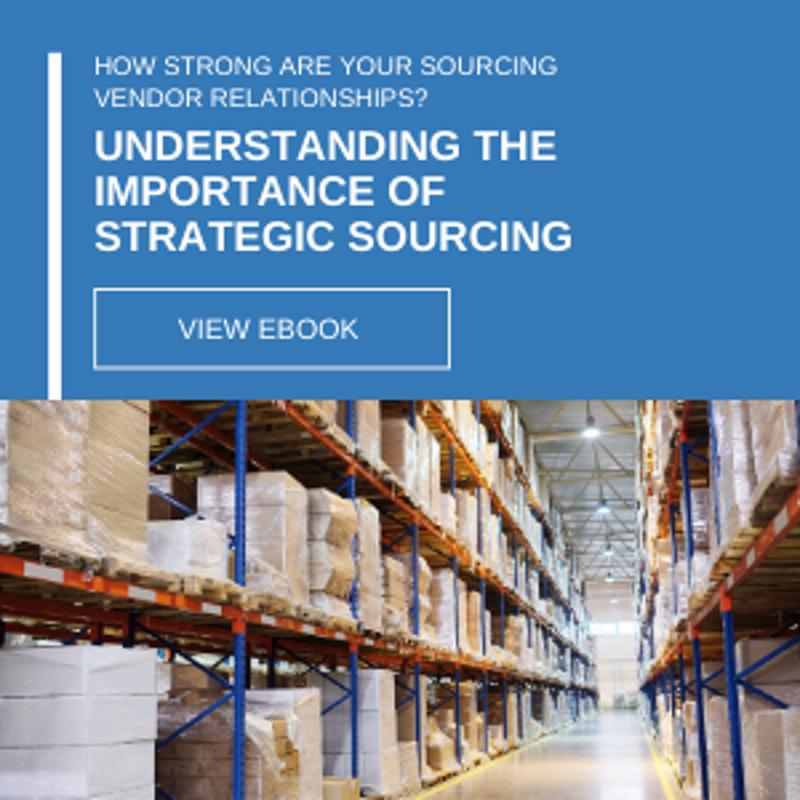
How Manufacturers Can Restart or Ramp Up Operations Safely and Effectively
With all 50 states now in some phase of reopening, people all around the country are realizing what financial and health officials warned early on, back when the shutdown began in mid-March: Restarting the economy wouldn’t be as simple as flicking on a light switch. While business owners by and large understood that this would be the case, they’re nonetheless doubling their efforts to get operations as close to normal as quickly and as safely as possible in a bid to make up for lost time.
This is particularly the case among manufacturers, many of whom were sidelined by COVID-19 due to labor shortages caused by layoffs and a number of workers falling ill from the virus. As early as February, roughly 60% of manufacturing firms in the U.S. said they’d experienced disruptions as a result of the coronavirus, according to a poll done by Thomas Insights.
“Manufacturers were able to adjust certain processes to better cope with coronavirus-related disruptions.”
Understanding that even the best laid plans can turn sour due to forces beyond their control, manufacturers were able to adjust certain processes to better cope with coronavirus-related disruptions. For example, in instances where manufacturers couldn’t receive supplies from their main suppliers – due frequently to disruptions of their own – nearly 30% of manufacturers worked with alternative suppliers domestically, the Thomas survey revealed. Roughly the same share sought out overseas providers.
Employers taking precautions
Yet as eager as manufacturers are to resume operations at 100% of their typical capacity, health officials have cautioned companies not to go too fast for fear of a second wave. Organizations by and large appear to be taking this advice to heart. Indeed, nearly 70% of employees polled by Gallup in a recent survey said their employer was adopting new or more frequent cleaning practices throughout the facility by wiping down high-touch surfaces and handles more frequently, making liberal use of disinfectants and urging workers to wash their hands. Close to 60% noted their employers were providing personal protective equipment (PPE), like face masks, face shields and disposable gloves. Around 55% said social distancing measures were being enforced, requiring workers to stay at least six feet away from one another at all times.
The National Association of Manufacturers has chimed in on what is needed to get America back to work with their American Renewal Action Plan, which makes recommendations on what the government can do to make the transition more seamless.
“Bringing our $22 trillion economy out of our ‘induced coma’ is a Herculean task for the ages,” NAM said in a press release. “This challenge will require our policymakers to innovate and act boldly. This crisis will need the whole of the nation to unite in common pursuit. And, as with other consequential moments in our history, it will be manufacturers who make the difference to lead us forward—to secure the future health, safety and prosperity of all Americans.”

NAM made a number of suggestions for the federal government to consider to help manufacturers ramp up production. They included:
- Replenish the Strategic National Stockpile with medical supplies and PPE.
- Incentivize and reward domestic manufacturers that are able to meet PPE demands.
- Expand cargo capacity so suppliers can receive more raw materials to develop health solutions.
- Direct Equal Employment Opportunity Commission to provide guidance and instructions to employers for administering ongoing temperature checks and COVID-19 infection testing.
- Labor Department should urge employers to consider modifying work schedules so as to minimize the possibility of COVID-19 transmission.
Principles for successful reopening
Whether the government will implement these recommendations is for lawmakers to decide. In the meantime, here are a few suggestions from SafetyCulture for how manufacturers can reopen or ramp up production in a swift, yet cautious, manner:
Prioritize your people
If there are any takeaways from COVID-19, it’s the fact that individuals had very distinct opinions on the overall threat of the disease and the wisdom of the response. It’s important to pay heed to their feelings and to treat each individual on a case-by-case basis. If there are any deep-seated concerns that they have – perhaps about returning to work for fear of contracting the virus – get to the bottom of them and do so in an empathetic manner. In short, people should always come over process.
Consider a phased reopening
COVID-19 proved to truly be a one-of-a-kind pathogen; many aspects of it remain confusing and inconsistent. Similarly, there is no cookie-cutter solution to returning to work. Manufacturers may want to design a phased return-to-work schedule so if anything unexpected comes up, the staggered nature of the resumption of processes can account for unforeseen scenarios.
Adjust work spaces and stations
From health clubs to beauty salons to restaurants and more, just about every business has had to make some strategic adjustments to how equipment, chairs and tables need to be positioned to account for social distancing. Try to make some of the same shifts to assembly lines, conveyor belts and the like. Doing so not helps to increase productivity but can offer reassurance to employees who are concerned about transmission.
Rethink your pre-COVID supply chain management strategy
Due to the suddenness of the impact of the virus, many supply chain leaders have had to react to issues with sourcing, staffing, and production. Industry Today recommends five industry-agnostic principles for getting the supply chain back on track, including prioritizing safety throughout the supply chain, conducting fluid risk assessments, increasing supply chain visibility, diversifying geography (including production and sourcing), and staying focused on the future.
Maintain a sustainable, scalable spending structure
As the old saying goes, you have to spend money to make money, but for many organizations, the suddenness of the shutdown led to cash flow problems that may have been avoided with better planning and saving. Manufacturers must prioritize a resilient cost management system that can be sustained in times of uncertainty so expenses are addressed when faced with economic headwinds.
Some of the biggest adversities in life can wind up being turning points. There are a lot of lessons to be drawn from COVID-19, and at USC Consulting Group, we can help you apply them to your business and become better than ever. Our specialty is operational improvements and we can help your company realize greater efficiency by recognizing where the gaps exist and filling them in with the proper solutions.
Please contact us today to learn more how USC can assist either remotely or on-site.







